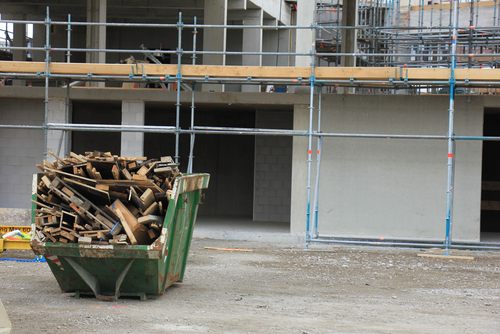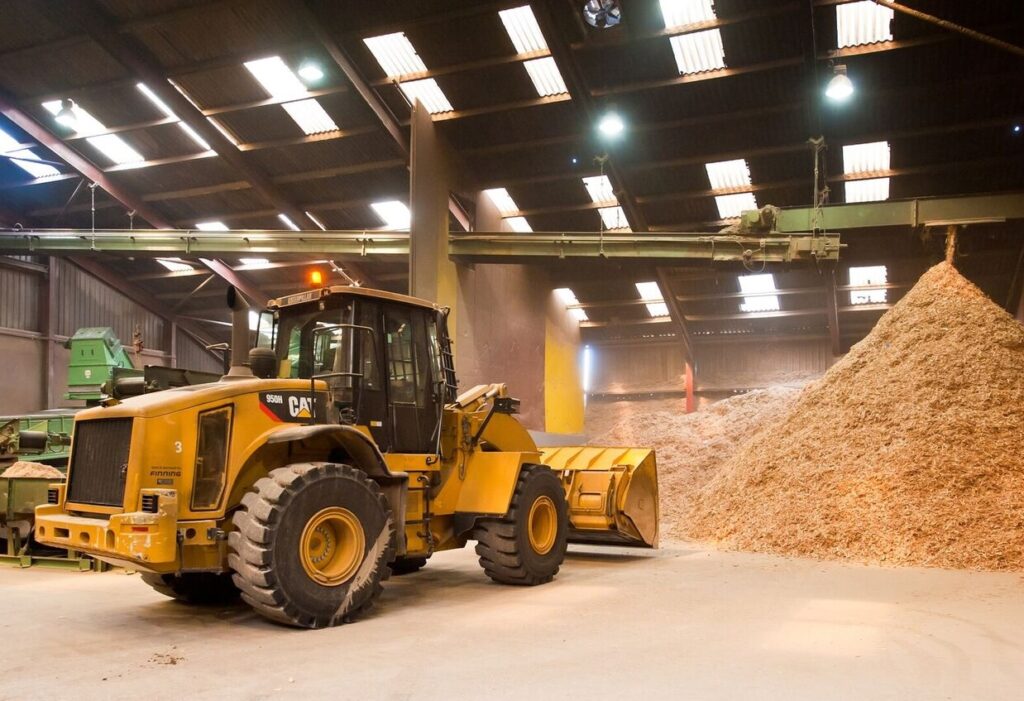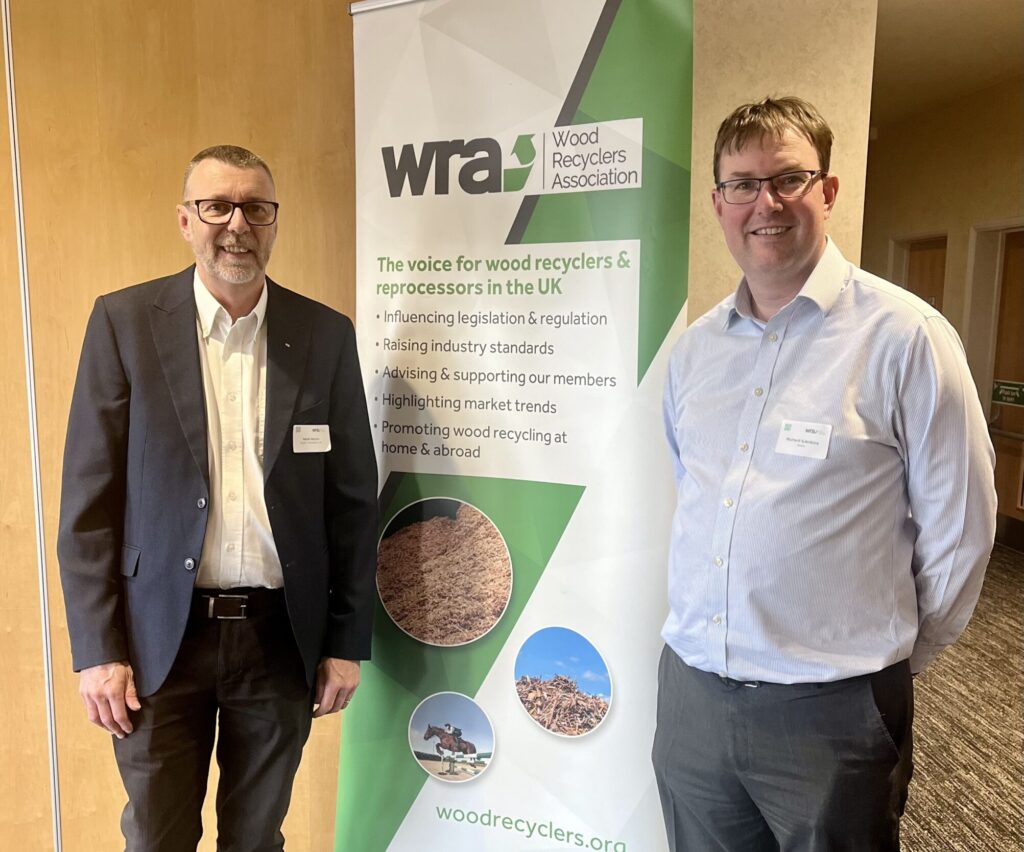Peter Kelly, head of sustainability at construction services company ISG, and also part of the CIWM Construction and Demolition Forum, speaks with letsrecycle.com about the project.
The project, which is being run by the Wood Recyclers Association with support from the Construction and Demolition (C&D) Waste Forum of the Chartered Institution of Wastes Management, will form part of work being carried out by the Environment Agency on the classification of hazardous waste wood.
Funding for the research has already come from firms including ISG, Kier, Willmott Dixon, BAM, Keepmoat, MGL, Vinci and Mace. However, the Forum is seeing further funding from the sector as well as wood for testing purposes.
Testing
The C&D Waste Forum says it has been working with the Environment Agency, the Wood Recyclers Association, the Wood Protection Association and waste management companies to see how changes in classification on hazardous waste wood could impact the sector.
So far, initial studies by the Wood Protection Association (WPA) indicate that construction wood treated after 2008 is likely to be non-hazardous, except for any wood treated with creosote. This may mean that offcuts from new construction work would be able to be disposed of as non-hazardous waste.

However, this is yet to be confirmed and testing of new timber may be required to prove this.
The WPA studies also indicate that a proportion of waste wood coming out of demolition projects from structures built prior to 2008 could be hazardous. This is where the testing is likely to shed further light.
Projects
The research project includes testing to determine date ranges for when the components are likely to be hazardous or not through collecting a number of potentially hazardous wood components from demolition projects and getting these tested by independent laboratories.
At the end of the testing next year, the Forum will then aim to produce a C&D Industry Waste Wood Guidance document detailing the waste wood which is likely to be hazardous and that which isn’t, and also possible testing techniques that could be used to confirm whether waste wood is hazardous or non-hazardous.
The project will sit alongside testing being undertaken by the Wood Recyclers Association and will help the Environment Agency when reclassifying waste wood.
If successful, the testing model and research could be used in similar future situations such as the identification of new persistent organic pollutants that will affect the construction industry.
Guidance

It is expected that a “simple to follow visual guide” will be developed to aid classification of hazardous and non-hazardous waste wood.
At the moment, bar telegraph poles and railways sleepers, hazardous assessments are largely done simply on a visual assessment.
The Agency issued a Regulatory Position Statement (RPS) in November 2017 that allows mixed waste wood to be classified as non-hazardous, as long as it was destined for an Industrial Emissions Directive (IED) Chapter IV compliant permitted incinerator or co-incinerator or for the manufacture of board as a temporary measure.
This has been was extended by a further year to September 2019 (see letsrecycle.com story), but any material not classified by then will need to be disposed of as hazardous.
The reclassification programme was initiated by the Environment Agency, partially prompted by the European Commission, questioning why Germany’s hazardous rate for wood was 15%, and the UK’s was less than 5%, as well as concerns over classification by the UK wood recycling sector.
[Updated 21/12/2018]






Subscribe for free